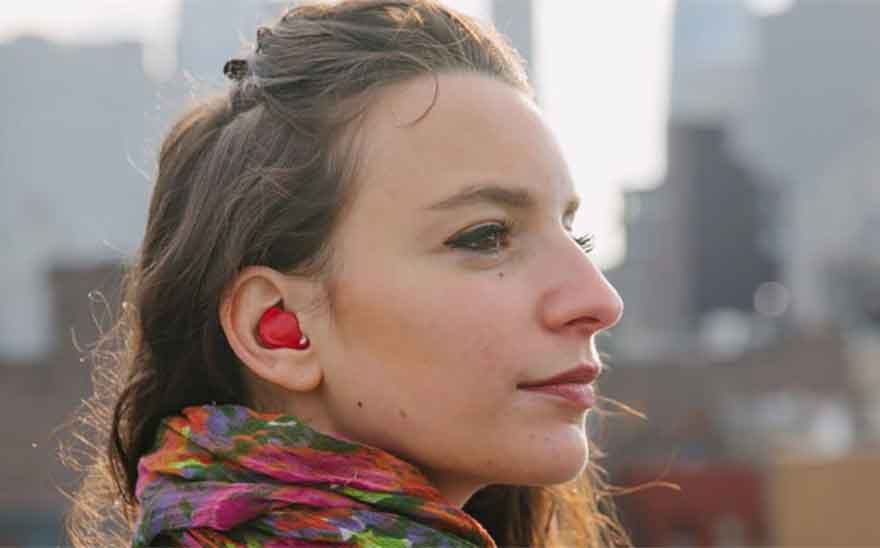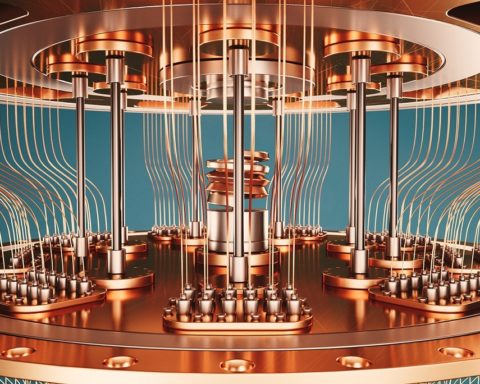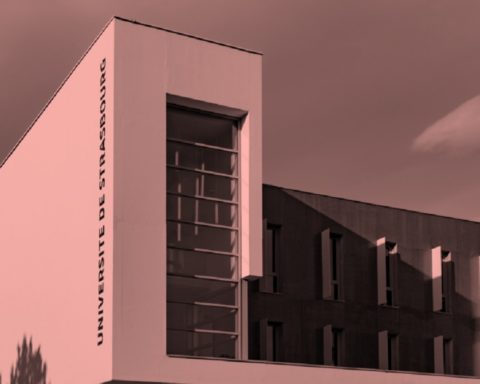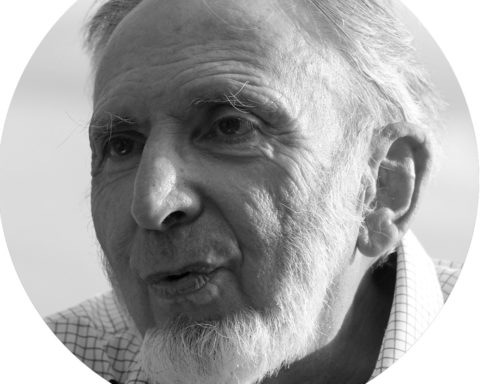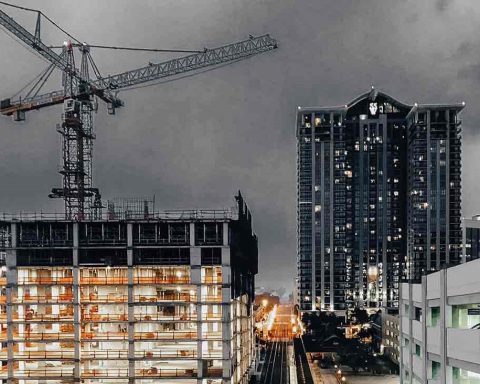Planting 1 billion trees a year to fight deforestation is the crazy bet of this former NASA engineer. To achieve this, he has developed a drone that is able to "strafe" areas to be reforested with tree seeds. A considerable saving of time and money for this mission set by COP21: to replant 300 billion trees by 2030 to compensate for the ravages of mankind on their forests.
Aeforestation is a calamity for our planet. Trees are the lungs of the Earth. They are in considerable numbers, on every continent. There are an astronomical figure of 3000 billion. That represents the number of seconds spent on trees over a hundred thousand years. But this enormous quantity is shrinking in certain areas of the globe like a skin of sorrow. According to the World Resources InstituteOf the world's original forest cover, 80 % of the world's original forest cover has been felled or degraded, mostly in the last 30 years.
The international community was moved by this dramatic trend and decided at COP 21 in Paris to restore 350 million hectares of degraded or deforested land by 2030. The objective: replant 300 billion trees.
This seems like a Herculean task because planting a tree is usually done by hand. In fact, the forestry sector is the largest provider of jobs in the world. In fact, 1.7 % of the world's workforce works in this activity, which contributes 0.8 % of the international gross domestic product. Despite these impressive figures, the COP21 target is likely to be difficult to achieve. Today, 26 billion trees are burned or cut down and only 15 billion are replanted each year.

Lauren Fletcher, CEO of BioCarbon Engineering
That is why Lauren Fletcher's invention is to be welcomed with great interest. The former NASA engineer founded the company in Oxford, Great Britain. BioCarbon Engineeringwith the idea of reversing this trend by planting trees using drones. The devices developed by Lauren Fletcher carry capsules containing tree shoots that are thrown to the ground by the drone flying at an altitude of two or three metres. This method is capable of considerably extending reforestation areas and reaching hard-to-reach areas.
For the head of BioCarbon, " The only way to tackle this problem at its roots is to use new techniques, which were not possible or not conceivable in the past. By using an approach that is both technological and responsible, we can truly hope to provide a solution to the scale of the problem. ".

The work of the UAVs is carried out in three stages: first, they fly over the areas to be reforested to collect as much data as possible on the terrain, the flora, the landscape, etc.; second, they fly over the areas to be reforested to collect data on the vegetation, the landscape, etc.; third, they fly over the areas to be reforested to collect data on the vegetation and the landscape. High quality 3D maps are thus generated, allowing very precise planting schemes to be established.
Then the drones take off at an altitude of two or three metres. They are equipped with a kind of machine gun that projects biodegradable capsules containing pre-germinated seeds covered with a nutritious hydrogel. Nature can then do its work.
In the third stage, the UAVs return to the field of their exploits some time later to evaluate the results and take remedial action if necessary.
According to Lauren Fletcher, this method makes it possible to plant 36,000 trees per day with two drones for a price that is only 15 % of that of traditional methods. It should be remembered that a planter can only plant by hand a very large maximum of 1,500 trees per day. In one year, 1 billion trees can be planted in this way. The head of BioCarbon specifies that his method does not claim to be as effective as the hand of man. On the other hand, faced with the ecological disaster that massive deforestation represents, he believes that the rational and industrial method of his offer is a relevant response.
Lauren Fletcher's company seems destined for success and is of interest to mining companies and major public and private forestry groups. The company is currently collaborating with environmental NGOs involved in reforestation of the Amazon rainforest. Fletcher is convinced that her activity represents not only an environmental but also a social benefit by restoring destroyed ecosystems. He tells Wired : " We want to restore the global ecosystem because the interest is not only in the forest itself. There will also be a downstream benefit "He explained that..." the potential for its method to create local jobs, new materials for local industry ». He continues on the virtuous consequences of obtaining clean soil, improved air quality and a considerable reduction in the CO2 that would be absorbed by the trees.
A flourishing future that one of the pioneers of drones, the company, did not fail to notice. Parrot who took a stake in the startup on May 13th.

Source The Independent


